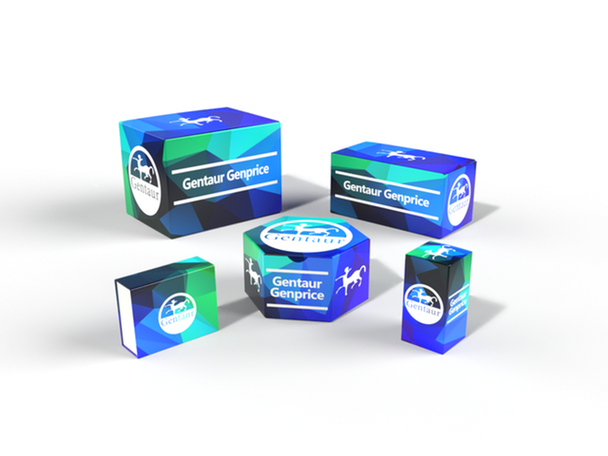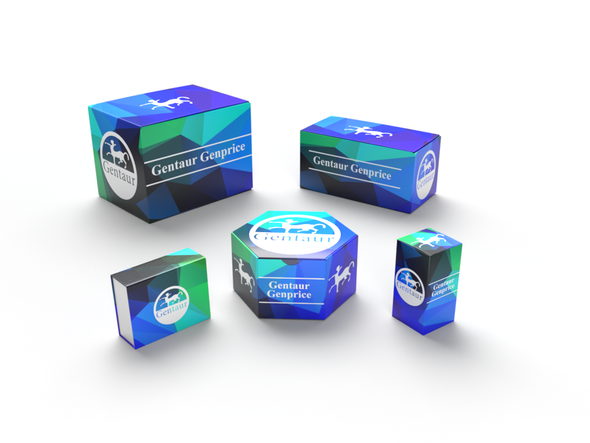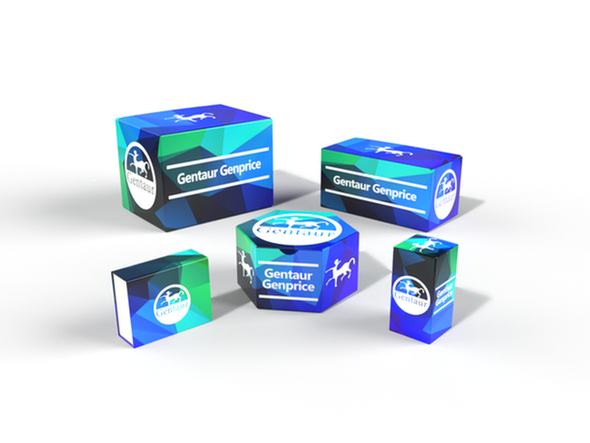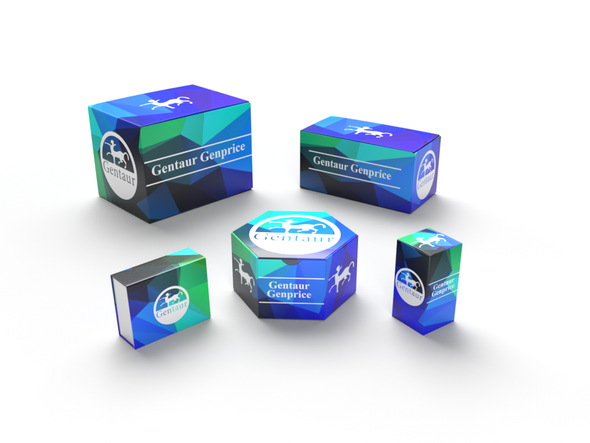Description
ARNT Antibody | 57-640 | Gentaur UK, US & Europe Distribution
Host: Rabbit
Reactivity: Human
Homology: Predicted species reactivity based on immunogen sequence: Bovine
Immunogen: This ARNT antibody is generated from rabbits immunized with a KLH conjugated synthetic peptide between 513-544 amino acids from the Central region of human ARNT.
Research Area: Cancer, Obesity, Signal Transduction
Tested Application: WB, IF
Application: For IF starting dilution is: 1:10~50
For WB starting dilution is: 1:1000
Specificiy: N/A
Positive Control 1: N/A
Positive Control 2: N/A
Positive Control 3: N/A
Positive Control 4: N/A
Positive Control 5: N/A
Positive Control 6: N/A
Molecular Weight: 87 kDa
Validation: N/A
Isoform: N/A
Purification: This antibody is purified through a protein G column, followed by dialysis against PBS.
Clonality: Polyclonal
Clone: N/A
Isotype: Rabbit Ig
Conjugate: Unconjugated
Physical State: Liquid
Buffer: Supplied in PBS with 0.09% (W/V) sodium azide.
Concentration: batch dependent
Storage Condition: Store at 4˚C for three months and -20˚C, stable for up to one year. As with all antibodies care should be taken to avoid repeated freeze thaw cycles. Antibodies should not be exposed to prolonged high temperatures.
Alternate Name: Aryl hydrocarbon receptor nuclear translocator, ARNT protein, Class E basic helix-loop-helix protein 2, bHLHe2, Dioxin receptor, nuclear translocator, Hypoxia-inducible factor 1-beta, HIF-1-beta, HIF1-beta, ARNT, BHLHE2
User Note: Optimal dilutions for each application to be determined by the researcher.
BACKGROUND: The aryl hydrocarbon (Ah) receptor is involved in the induction of several enzymes that participate in xenobiotic metabolism. The ligand-free, cytosolic form of the Ah receptor is complexed to heat shock protein 90. Binding of ligand, which includes dioxin and polycyclic aromatic hydrocarbons, results in translocation of the ligand-binding subunit only to the nucleus. Induction of enzymes involved in xenobiotic metabolism occurs through binding of the ligand-bound Ah receptor to xenobiotic responsive elements in the promoters of genes for these enzymes. This gene encodes a protein that forms a complex with the ligand-bound Ah receptor, and is required for receptor function. The encoded protein has also been identified as the beta subunit of a heterodimeric transcription factor, hypoxia-inducible factor 1. A t (1;12) (q21;p13) translocation, which results in a TEL-ARNT fusion protein, is associated with acute myeloblastic leukemia. Alternative splicing results in multiple transcript variants.






